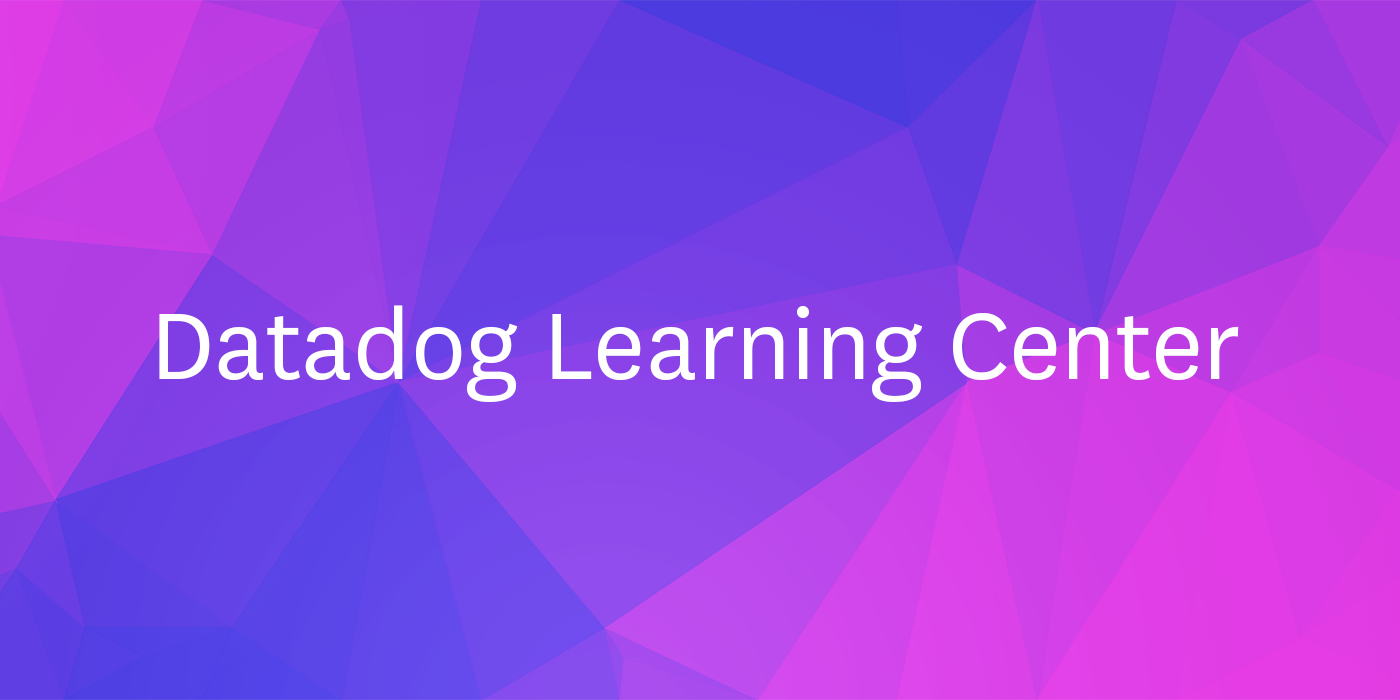Datadog Application Security is in Public Beta
Empowering security, operations, and developers to build and run secure applications together.

Securing modern-day production systems is expensive and complex. Teams often need to implement complex, expensive measures—such as security testing, periodic vulnerability scans and penetration tests, and protections at the network edge. Even when organizations have the resources to deploy these solutions, they still struggle to scale them and keep pace with engineering, especially as software teams accelerate their release cycles and migrate to distributed systems and microservices. Unscalable, piecemeal approaches to application security have fostered insecure applications that offer easy targets for attackers.
Only ten months after we welcomed Sqreen to the Datadog team, we’re excited to announce the public beta of Datadog Application Security, a new offering from the Cloud Security Platform. The product helps you get alerted when OWASP threats target web services business-logic, and enables you to assess impact and remediate—down to the code.
By combining security and observability data, Datadog Application Security empowers security, operations, and developers to build and run secure applications together—all from within the same Datadog platform they use every day.


Two new Learning Center courses
With full comprehensive courses and shorter targeted scenarios, the Datadog Learning Center is a vital resource to ensure you’re able to leverage everything the platform has to offer. We’re excited to announce two new courses.
Progressive Delivery in Kubernetes:
We will demonstrate several strategies to implement progressive delivery. You will learn which of these strategies is best suited to your organization’s needs—and how a good observability strategy is key to being successful with progressive delivery.
High Scalable Observability Data Pipelines with Vector:
Vector is an open source platform for creating highly flexible and scalable observability data pipelines. In this course, you will learn how to use Vector to create processing pipelines for your logs and metrics. You’ll learn to use Vector Remap Language, Vector’s built-in DSL, in addition to Vector aggregators to process data from multiple observability agents.

Full visibility into your Azure SQL databases
Monitoring your Azure SQL databases helps you manage costs and detect performance issues. Our three-part blog series discusses key connectivity and performance metrics and how to analyze you Azure metrics and logs in Datadog.
WATCH NOW
Investigate configuration changes with audit log events
Use audit log events, now in beta, to track and investigate your Datadog Log Management configuration changes. You can use these to help answer billing, security, and compliance questions.
READ THE POST
Datadog on Rust
Each month, we like to share the lessons we’ve learned about building scalable, distributed systems in the cloud through our Datadog on... series. In our newest episode, Datadog on Rust, Ara Pulido chats with Brian Troutwine and Duarte Nunes about adopting Rust and lessons learned along the way.
WATCH NOW
Email notifications provide full alert conditions and failure details for Synthetic tests
Lidor Ettinger has written a blog post about autoscaling your Airflor workers based on the Datadog Cluster Agent’s external metrics. This step-by-step guide provides details on installing the Datadog Cluster Agent, configuring Airflow to send metrics to StatsD, and creating a CRD for autoscaling.
READ THE POSTRelease Notes

Support for .NET 6 APM Tracing Library and more!
With the latest version of the .NET APM Tracing Library, we are excited to announce a version but to 2.x!
This new version brings quality-of-life changes to AspNetCore service naming, performance improvements, further support for .NET 6 and new integrations, and end-of-life support for .NET Framework < 4.6.1.

Quickly identify misconfigured Lambda functions
You can now filter the Serverless View to highlight misconfigured Lambda functions using tags from Datadog’s serverless insights as well as services containing functions frequently cold starting or timing out.
READ THE POST
90 days of deleted historical views in Log Rehydration
Log Rehydration enables you to create historical views, whereby you can analyze archived logs. You can now access a 90-day history of all your organization's rehydrations.
READ THE POSTMonitor applications and APIs that require digest authentication
The Datadog default homepage now includes a list of most recent issues taken from your backend services, allowing you to quickly triage and resolve any issues.
READ THE POSTEmail notifications provide full alert conditions and failure details for Synthetic tests
The Datadog default homepage now includes a list of most recent issues taken from your backend services, allowing you to quickly triage and resolve any issues.
READ THE POST